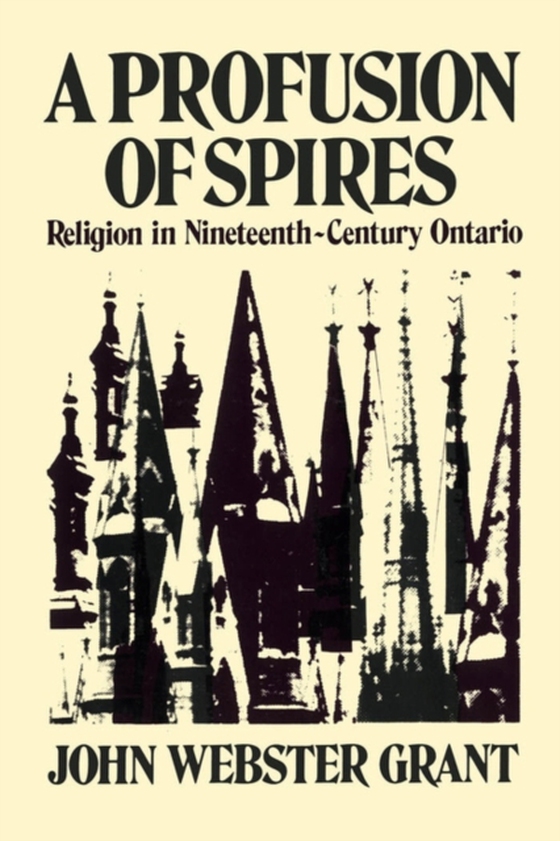
Profusion of Spires e-bog
504,55 DKK
(ekskl. moms 403,64 DKK)
In their heyday, Ontario's churches were the acknowledged arbiters of acceptable belief and respectable behaviour. Denominational affiliation was a key factor in determining whom people married, what colleges they chose for their children, how they voted, and in some cases what they wore.The central role of religion in provincial life did not spring spontaneously from the pious inclinations of ...
E-bog
504,55 DKK
Forlag
University of Toronto Press
Udgivet
1 oktober 1988
Længde
291 sider
Genrer
1KBC
Sprog
English
Format
pdf
Beskyttelse
LCP
ISBN
9781442670419
In their heyday, Ontario's churches were the acknowledged arbiters of acceptable belief and respectable behaviour. Denominational affiliation was a key factor in determining whom people married, what colleges they chose for their children, how they voted, and in some cases what they wore.The central role of religion in provincial life did not spring spontaneously from the pious inclinations of settlers; it was carefully planted and nurtured by missionaires from Britain and the United States. Theirs was a continuing struggle, beset with relics of frontier barbarism on one hand and the preoccupation with material pogress on the other. Their dominant position had scarcely been won when it began to be threatened by the emergence of new social and intellectual patterns. But the roots still run deep: even today one only has to propose changes in the school system or in Sunday-retail legislation to discover how deeply the chuches have shaped provincial assumptions and attitudes.John Webster Grant traces the development of religion in Ontario from before the arrival of European settlers until the end of the nineteenth century. Here we meet sober (and not so sober) representatives of the 'three churches' of England, Scotland, and Rome, fervent Methodist saddle-bag preachers, plain Mennonites and Quakers, colourful Children of Peace, and many others. We follow the course of conflicts and controversies that arose from different views of the appropriateness of government aid to churches or their educational institutions. We see Ontarians trying to change the world or to maintain ancestral folkways, in either case for religious reasons. Above all, we are given a picture of what it meant to be religious in Nineteenth-century Ontario, and a clearer understanding of controversies still bitter today.
 Dansk
Dansk

